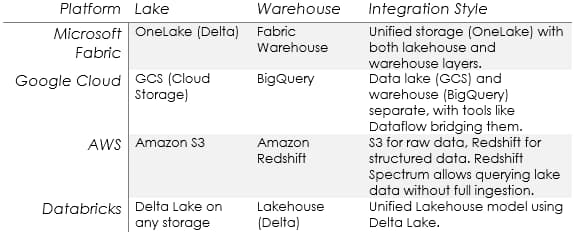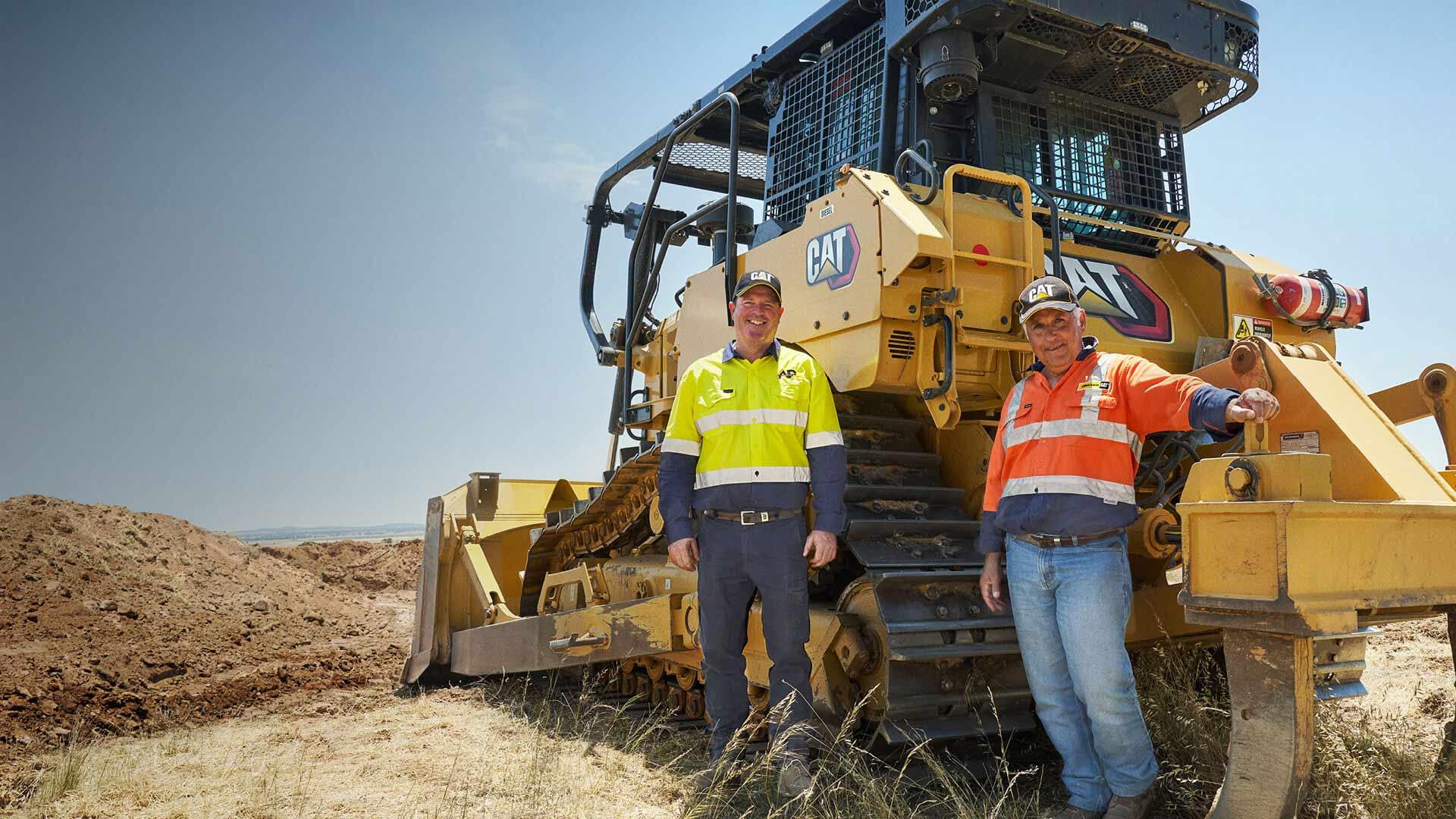Demystifying modern data architecture
5 minute read
3 June 2025

Modern Data Platforms: Explained Simply with One Diagram
Jump to summary

As data platforms evolve, it is easy to get lost in the jargon: data lakes, warehouses, lakehouses, semantic models. At their core, however, all data platforms aim to do the same thing: turn data into insights that drive better decisions.
Five years ago, my colleague Sam Riggs published an article titled Data Platforms in a Nutshell. His simple framework described three core stages: Sources → Integrations → Analytics. That high-level view still holds true today.
Over time, though, students in my classes have raised new questions:
- Do we still need a data warehouse if we have a data lake?
- What is the difference between the two?
- Where does the Medallion Architecture fit in?
In this post, I build on Sam’s foundation to clarify the role of the data lake, especially as it becomes more common in modern data architectures.
Watch the video below for a simple whiteboard explanation showing how the components connect, from raw data to trusted dashboards, along with the key roles involved.
Data Sources
It all begins with data. Sources may include internal systems such as CRMs, ERPs or spreadsheets, external APIs, IoT devices, or third-party providers. These vary in structure, format and reliability.
Data Lake vs Data Warehouse

Data Lake
A data lake stores raw and semi-structured data at scale. It is flexible, cost-effective and well suited for advanced analytics and data science. Data scientists often work directly with this raw or lightly processed data using languages like Python.
Data Warehouse
A data warehouse, on the other hand, contains structured and curated data. It is typically built using dimensional modelling and supports consistent, trusted reporting for business analysts and decision-makers.
The Lines Are Blurring
Modern platforms such as Microsoft Fabric and Databricks blur the traditional distinction between lakes and warehouses. Even when the data resides in the same storage system, the function of each layer remains distinct.
Microsoft Fabric, for example, follows the Medallion Architecture, which introduces layered stages within the lake:
- Bronze: Raw, ingested data (unchanged from source)
- Silver: Cleaned and standardised data (with joins, filters and formats applied)
- Gold: Curated, business-ready data (aggregated and modelled)
The gold layer essentially functions as a data warehouse.
In contrast, platforms like AWS and Google Cloud still maintain a clearer separation between data lakes and data warehouses.
Comparing Modern Data Platforms

Data Analytics Layer

Above the warehouse sits the semantic model, typically built in tools such as Power BI. It defines:
- Business-friendly field names
- Reusable measures and calculations
- Filters, roles and hierarchies
The semantic model is not the same as the dimensional model. The dimensional model organises data into fact and dimension tables to support analytical queries, but it does not define how those tables are joined or presented to users. The semantic model, on the other hand, defines how the data is surfaced to business users. It includes table relationships, calculated measures, hierarchies, filters and roles. A well-designed semantic model is essential for creating meaningful and accessible data visualisations in tools such as Power BI or Tableau.
Data Governance and Support
Governance applies across all layers of the data platform. It ensures:
- Data quality
- Security and access control
- Regulatory compliance
- Organisational trust in the data
Support teams play a vital role in maintaining these standards and in promoting data literacy across the organisation.
The People Involved
Modern data platforms rely on diverse roles working together:
- Data engineers build and maintain the pipelines and architecture.
- Data scientists explore and model data in the lake.
- Data analysts and BI developers create reports and dashboards using the semantic model.
- Data stewards and governance teams ensure compliance, accuracy and consistency.
Summary
We’ve explored how the data lake fits into the architecture, enabling advanced analytics and data science. However, it does not eliminate the need for a structured data warehouse built using dimensional modelling, which supports fast and consistent analysis with tools like Power BI.
If you’d like to learn with us, check out our Data and Analytics Training Program.
Topics
Related insights
Share
Other insights

Contact us via the form on our website or connect with us on LinkedIn to explore the best solution for your business.



